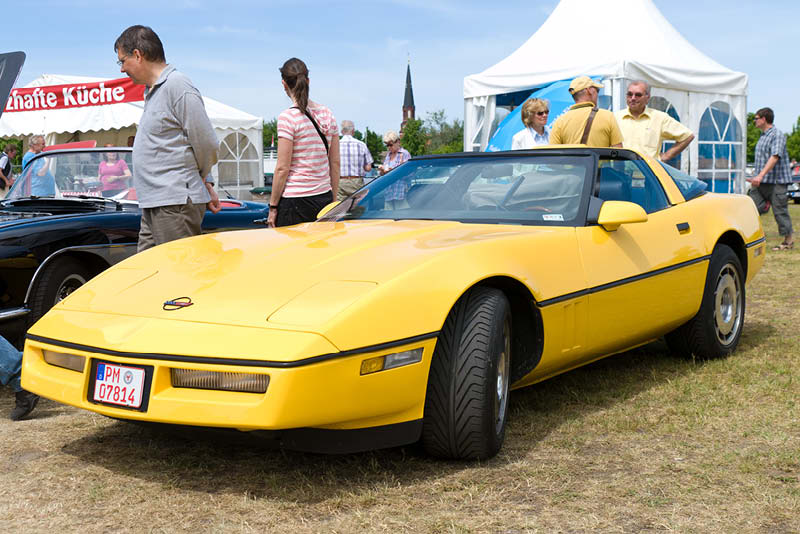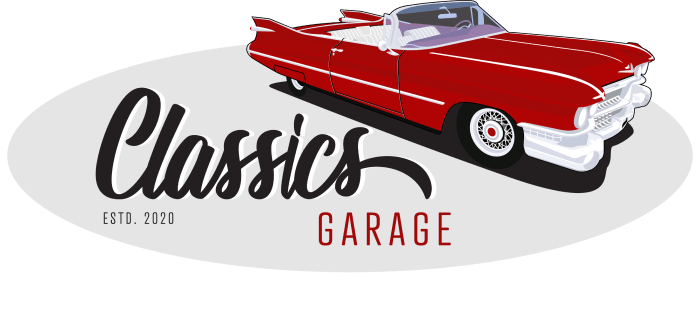While not exactly regarded as the most desired of this line-up from Chevrolet, there’s no denying that the C4 Corvette made a big impact during its heyday.
With more than sixty years of production and eight design generations behind its name, the Corvette has long been regarded as the darling of the Chevrolet automotive brand. Few vehicles have ever received the widespread popularity and longevity that the Corvette has received for all these years, and even now it’s still regarded as “America’s Sports Car”.
 The Corvette became synonymous with freedom and adventure, and whilst originally named after a literal warship, it’s considered to be both the most successful concept car in history, and the most popular sports car in history. However, while the C4 Corvette is commonly forgotten on lists that indicate the best models released under this banner, it’s important to remember that the eighties were certainly a strange time to be making cars.
The Corvette became synonymous with freedom and adventure, and whilst originally named after a literal warship, it’s considered to be both the most successful concept car in history, and the most popular sports car in history. However, while the C4 Corvette is commonly forgotten on lists that indicate the best models released under this banner, it’s important to remember that the eighties were certainly a strange time to be making cars.
The Origins Of The C4 Corvette
For the thrifty classic car shopper, the C4 Corvette is one of the cheapest options linked to this prestigious badge – but that doesn’t mean that you would be buying a potential lemon. Manufactured by Chevrolet from 1983 to 1996, the C4 Corvette doesn’t have the physical curves of its predecessor the C3, but also doesn’t have the sheer horsepower or cornering grit of the current models.
However, the C4 Corvette did propel the badge into the future, and is considered to be the first full scale redesign of Corvettes since 1963. The C4’s complete redesign yielded significant improvements to the chassis and suspension as well as a fresh, modern-looking body – that is, for the eighties. Thanks to this new breed of ‘Vettes, Chevrolet also experienced some pretty substantial success on the racing circuit, which saw them gradually pump the necessary power back into the car, finally cresting the 400-horsepower mark in the first time since the late sixties.
The C4 also pioneered the introduction of a lot of flashy new electronics, including a digital dashboard, electronic ignition and fuel injection that give reasonable economy in everyday driving. At the time, this introduction of ‘modern’ technology was considered to be revolutionary.
In today’s classic car scene, the C4 is considered to be one of the most effective methods to enter the Corvette community on a budget. However, the primary downfall to nabbing yourself a C4 is actually the C5, which arrived for the 1997 model year. In essence, the successor was built on what the C4 did well, and took it to the next level. The exterior looks fresher, the suspension offered even better handling, and the newer LS1 engine pushed out more power than the previous year’s LT4.
Still, if you can appreciate how important the C4 Corvette was in taking the Chevrolet into the modern performance era, and if you just prefer the more boxy eighties aesthetics, it’s quite possible to snatch one up on the cheap and wait for it to inevitably grow in value. At the end of the day, the C4 Corvette is still a V8 powered, rear-wheel-drive American sports car – and as any classic car lover knows, that’s the framework to a savvy investment.
How To Get Your Hands On A Corvette
As a piece of American history, a social experience and an all round affordable classic sports car, owning a Corvette has been on the bucket list for many car lovers young and old – but where do you find one?
 Finding a fellow vintage auto enthusiast can feel a bit like finding a needle in a haystack, but rest assured that Classic’s Garage understands the thrill more than most. Having spent forty years collecting anything and everything from matchbox cars to hub caps, he’s successfully followed his passion to source, collect and stock beautiful and low mileage classic automobiles from around the world. With extensive experience in the automotive industry, it was only a matter of time before Wayne expanded on his love of vintage, iconic vehicles to share his knowledge and passion with the public.
Finding a fellow vintage auto enthusiast can feel a bit like finding a needle in a haystack, but rest assured that Classic’s Garage understands the thrill more than most. Having spent forty years collecting anything and everything from matchbox cars to hub caps, he’s successfully followed his passion to source, collect and stock beautiful and low mileage classic automobiles from around the world. With extensive experience in the automotive industry, it was only a matter of time before Wayne expanded on his love of vintage, iconic vehicles to share his knowledge and passion with the public.
Although his passion is for automobiles built before 1978, with a particular love for Buicks, Cadillacs, Lincolns, Oldsmobiles and even Fords, Wayne is just as passionate about the stories of the owners. Just like the cars, he has found that his fellow classic car enthusiasts all have wildly different attractions and logic behind their passion or hobby, and this often translates into how the car is presented. If it’s even remotely different, rare or just plain unusual, Wayne will overcome the relevant logistical and geographical challenges of bringing the cars to his showroom in Australia.

